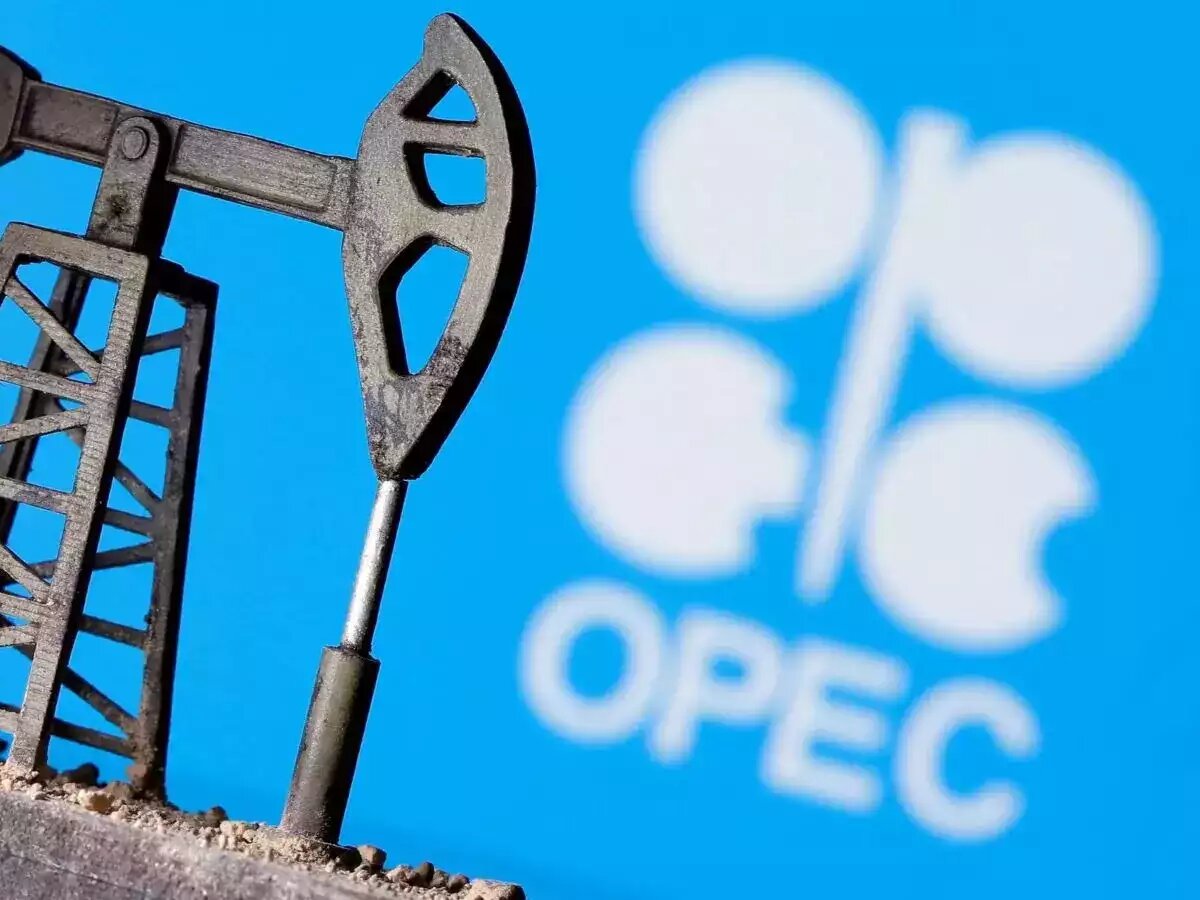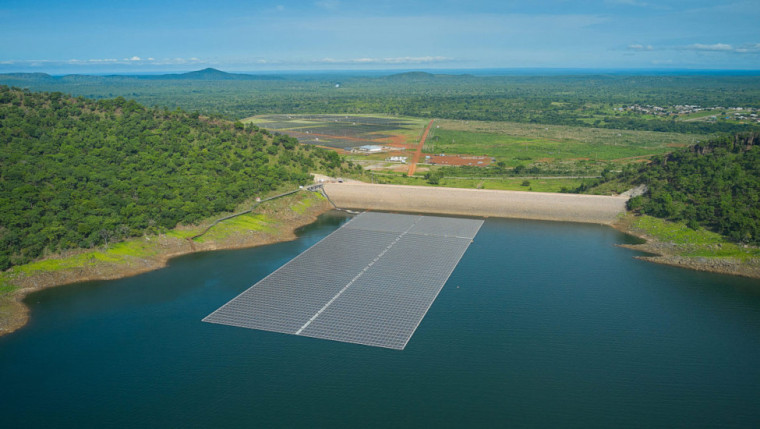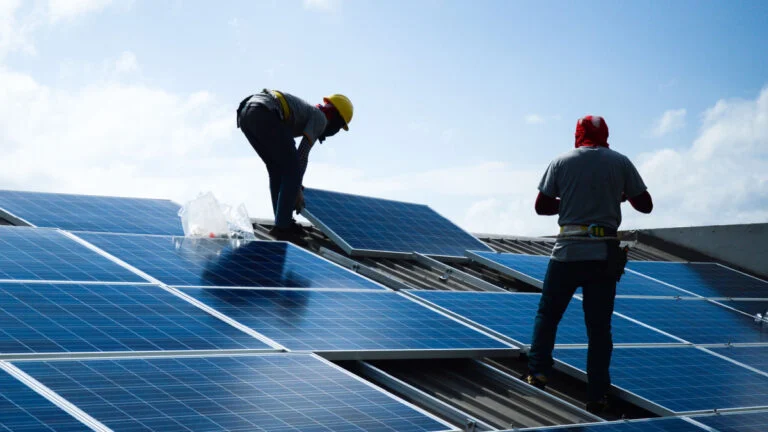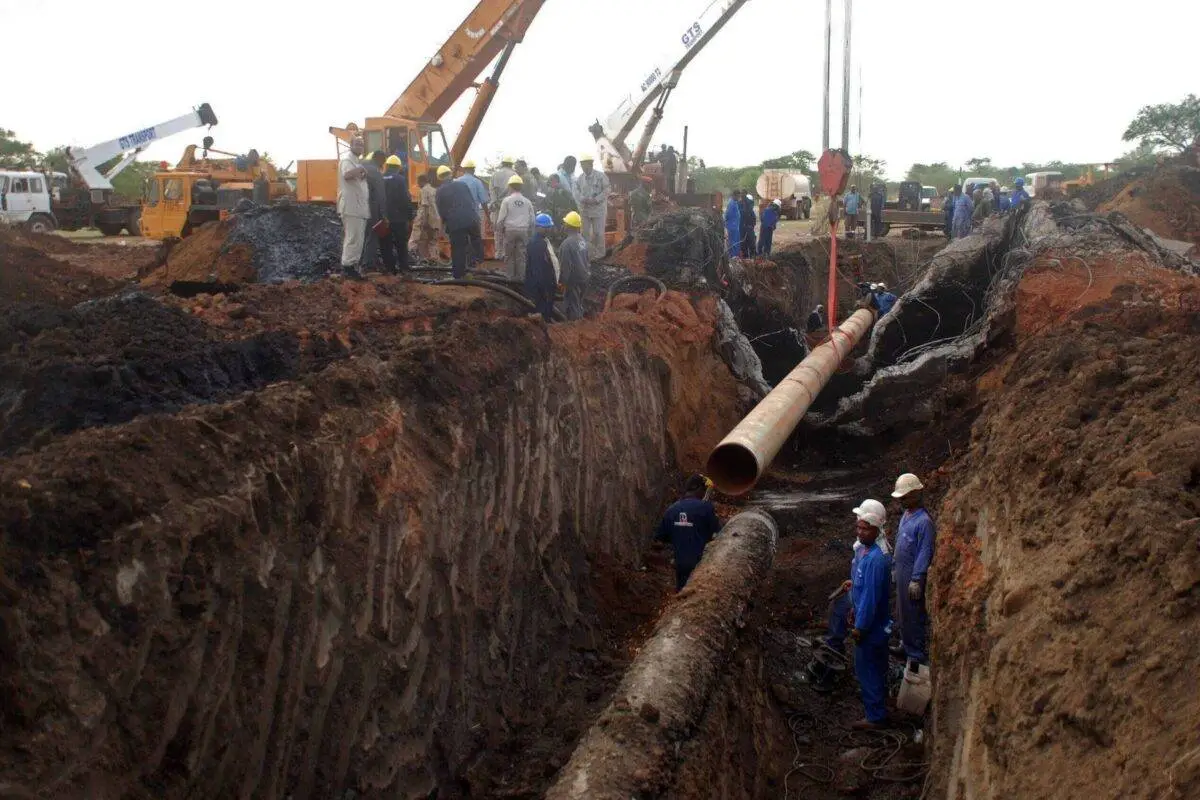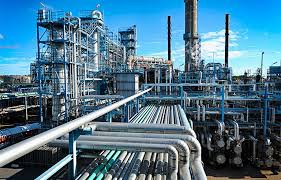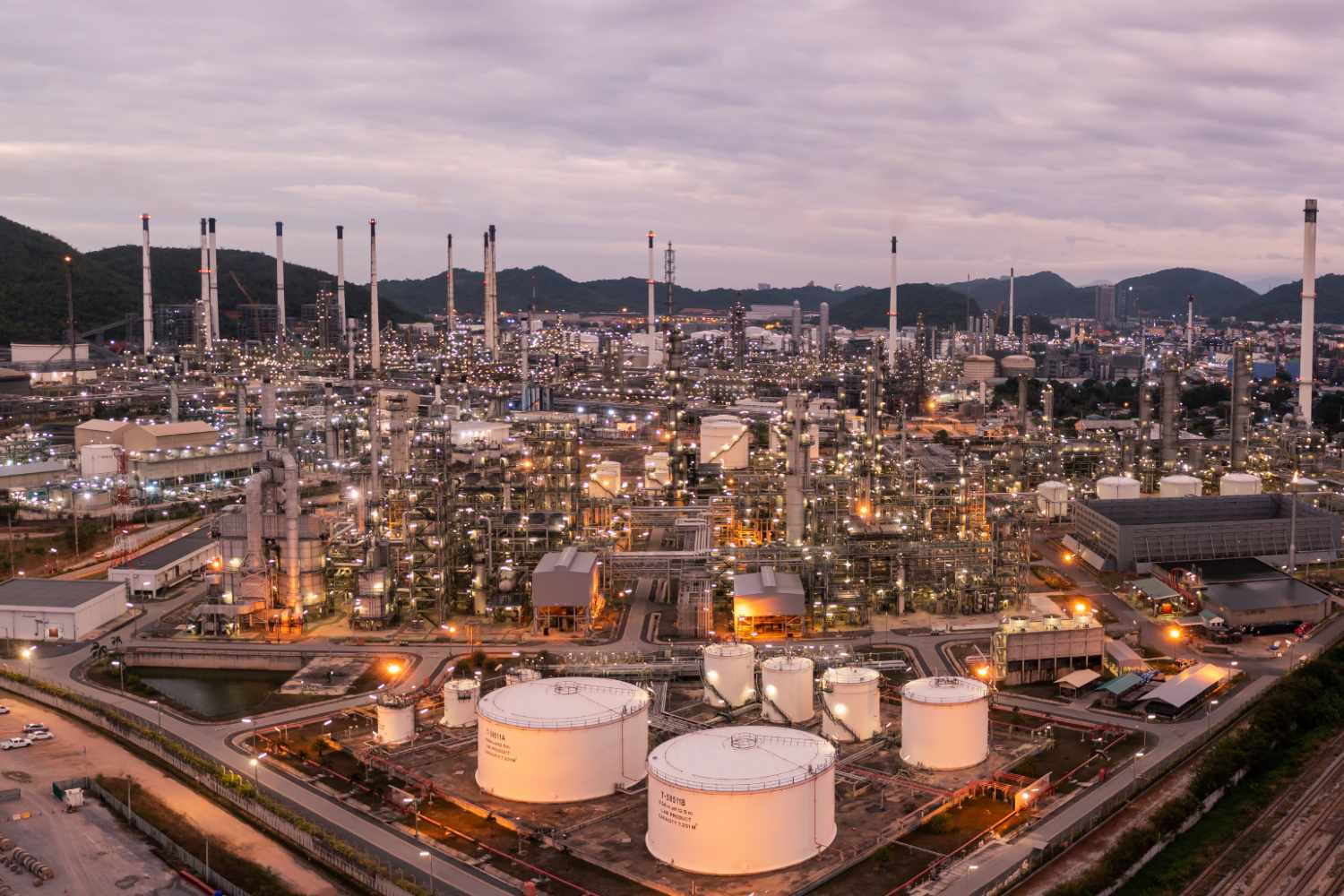Generation

Nigeria’s Oil Production Surges to 1.8 MMBOPD, a Result of Regulatory Reforms and Enhanced Security
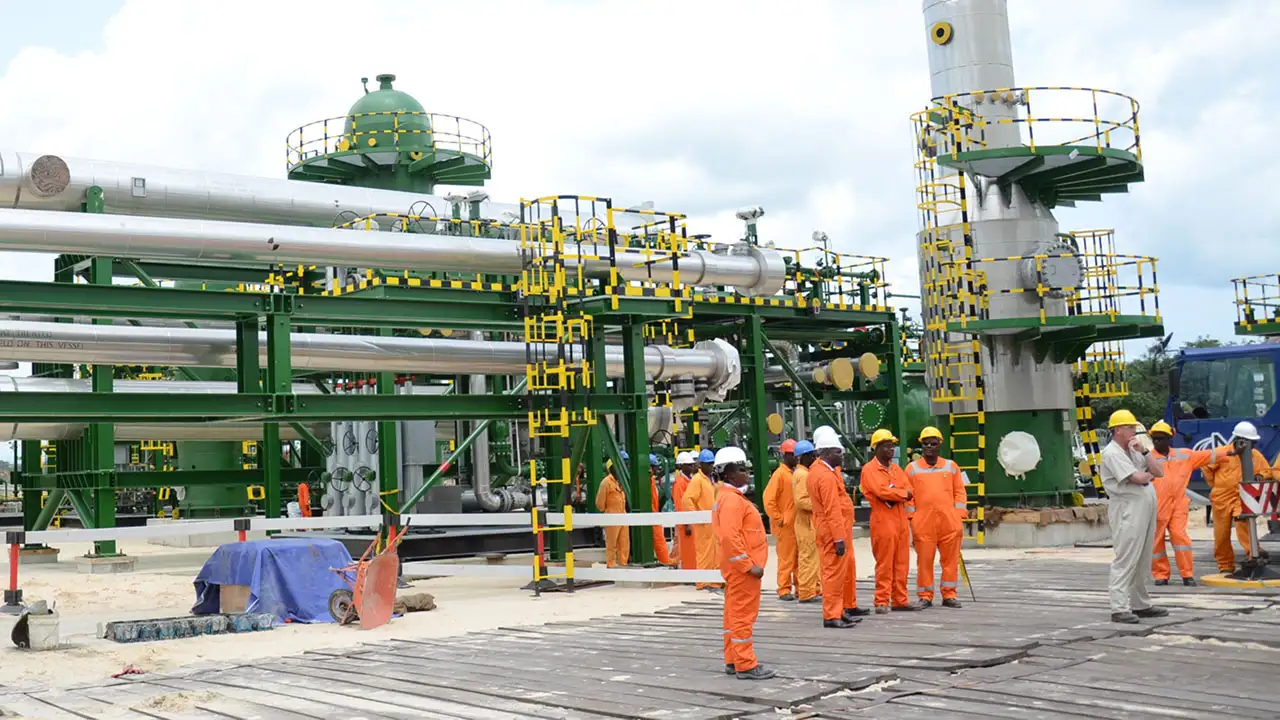
In a landmark development for its economy, Nigeria’s crude oil production has officially crossed the 1.8 million barrels per day (MMBOPD) mark in July, a key milestone that signals the potential for a new era of stability and growth in the nation’s energy sector. The average production for the month hovered at 1.78 MMBOPD, a significant increase that brings the country closer to its production targets. This achievement is not just a matter of numbers; it’s a testament to the effectiveness of a multi-pronged strategy that combines robust regulatory frameworks, enhanced security measures, and a commitment to sustainable practices.
The announcement was made by the Chief Executive Officer of the Nigerian Upstream Petroleum Regulatory Commission (NUPRC), Gbenga Komolafe, who spoke to industry stakeholders at a Society of Petroleum Engineers (SPE) Nigerian Council event. Represented by NUPRC’s Executive Commissioner, Development and Production, Enorense Amadasu, Komolafe highlighted the success of the commission’s “1 MMBOPD Incremental” project. This initiative, a direct response to a presidential mandate to boost production, has recorded “modest gains” through a collaborative approach involving government agencies, security forces, and local communities.
This positive news arrives just weeks after the Pipeline Host Ethnic Nationality Leaders (PHENL) expressed their satisfaction with the operations of Pipeline Infrastructure Nigeria Ltd (PINL) along the Eastern Corridor of the crucial Trans Niger Pipeline (TNP). The improved security and operational efficiency of this vital artery, which has been a frequent target of sabotage and theft, is a key reason behind the production resurgence. The success of this collaborative model provides a blueprint for how Nigeria can overcome one of its most persistent challenges in the oil and gas sector.
The Crucial Role of the Petroleum Industry Act (PIA) of 2021
The recent surge in oil production is not a coincidence but rather a direct result of a fundamental restructuring of Nigeria’s oil and gas sector initiated by the Petroleum Industry Act (PIA) of 2021. This landmark legislation, which was signed into law after decades of debate, was designed to overhaul the legal, regulatory, and institutional framework of the industry. It replaced a patchwork of outdated laws and created two new regulatory bodies: the NUPRC for the upstream sector and the Nigerian Midstream and Downstream Petroleum Regulatory Authority (NMDPRA).
Since the PIA’s enactment, Komolafe revealed that NUPRC has gazetted 21 key regulations, with more in various stages of development. These regulations, he said, are the cornerstone of a new, transparent, and attractive investment environment. They provide the clarity and certainty that investors have long sought, streamline administrative processes, and ensure that Nigeria’s upstream operations are aligned with national and global priorities.
Among the most impactful of these regulations are:
- Upstream Petroleum Measurement Regulations: This is a game-changer for transparency and accountability. By deploying advanced technology, these regulations ensure accurate measurement of crude oil production at all points. Historically, disagreements over production figures and a lack of transparency have been a source of mistrust and lost revenue. This new framework aims to eliminate those issues, providing a clear and verifiable record of what is produced and sold, thereby protecting national revenue.
- Gas Flaring, Venting, and Methane Emissions Regulations: This is a crucial step towards environmental sustainability and economic efficiency. For decades, Nigeria has been one of the world’s leading gas flaring nations, a practice that pollutes the environment and wastes a valuable natural resource. These new regulations impose stricter penalties for flaring and, more importantly, create a framework that incentivizes companies to capture and commercialize the gas instead of burning it off. This directly supports the nation’s decarbonization goals and adds a new revenue stream.
- Host Community Development Regulations: This is perhaps the most significant regulation for social stability and security. The PIA mandates that oil and gas companies must establish a Host Community Development Trust Fund, with a portion of their operating expenses dedicated to the development of the communities where they operate. The old system, which often relied on ad-hoc arrangements and corporate social responsibility projects, was a major source of conflict and violence. The new framework aims to give communities a direct stake in the industry’s success, thereby fostering a more cooperative and secure operating environment.
- Domestic Gas Delivery Obligation Regulations: This regulation is central to Nigeria’s long-term industrialization goals. It compels upstream producers to prioritize the delivery of gas to the domestic market, ensuring a stable and affordable energy supply for local industries and power plants. This is a critical step towards reducing the country’s reliance on imported fuel and creating a more robust local supply chain.
- Upstream Petroleum Safety Regulations and Decommissioning and Abandonment Regulations: These two instruments are a clear demonstration of NUPRC’s commitment to responsible stewardship. The safety regulations ensure that operations are conducted at the highest international standards, protecting both the workforce and the environment. The decommissioning and abandonment rules set clear standards for the responsible end-of-life management of oil and gas assets, preventing environmental damage and ensuring that the industry’s legacy is not one of dereliction.
These regulations collectively demonstrate a commitment to creating a regulatory environment that not only fosters innovation but also secures long-term value and ensures the responsible management of Nigeria’s resources.
A Strategic Vision for the Future: Cluster Development and Decarbonization
Beyond regulatory reform, the NUPRC is actively implementing a series of strategic initiatives to further drive positive industry actions and imperatives. These initiatives are focused on future-proofing the upstream sector and positioning it for sustained funding and global competitiveness.
One such initiative is the push for cluster development in shallow and deepwater fields. The commission recently assembled industry practitioners to deliberate on a workable strategy to valorize “stranded or marginally economic” oil and gas resources. These are fields that are too small or too remote to be developed individually but can become commercially viable when developed together as a cluster. By encouraging joint development strategies, NUPRC aims to unlock significant reserves that would otherwise remain untapped.
Furthermore, Komolafe highlighted the implementation of the Upstream Oil & Gas Decarbonisation & Sustainability Blueprint. This plan is anchored on seven critical pillars designed to signal a clear direction for industry sustainability. While the specifics of all seven pillars are being finalized, they are expected to include a focus on:
- Eliminating Routine Flaring and Venting: A core objective of the PIA, this pillar is about capturing and commercializing gas that would otherwise be wasted.
- Improving Energy Efficiency: Encouraging the use of more efficient technology in upstream operations to reduce the industry’s own carbon footprint.
- Electrification of Operations: Replacing diesel and gas-powered equipment with electric alternatives, which can be powered by renewable energy sources.
- Carbon Capture, Utilization, and Storage (CCUS): Investing in technology that can capture and store carbon emissions from production facilities, a key strategy for reducing the industry’s climate impact.
- Methane Abatement: A focused effort to reduce methane emissions, a potent greenhouse gas, from production facilities.
- Developing Renewable Energy in Oil and Gas Operations: Incorporating solar and wind power to meet the energy needs of onshore and offshore facilities.
- Circular Economy Principles: Promoting the reuse and recycling of materials and resources within the industry to minimize waste.
These initiatives demonstrate a clear understanding that the future of the oil and gas industry is not just about production volume but also about sustainable, responsible, and efficient operations. The NUPRC is also optimizing the Maximum Efficient Rate (MER) framework, a technical process that determines the maximum sustainable production rate of a reservoir, and aligning operational shutdowns to reduce production disruptions. These measures are designed to ensure that the current production levels are not just a short-term anomaly but a sustainable trend.
Economic Impact and Outlook: A Path to Recovery
The increase in Nigeria’s oil production has profound implications for its economy. Oil remains the lifeblood of the nation, accounting for a significant portion of government revenue and foreign exchange earnings. For a nation that has been grappling with economic challenges, including a fluctuating exchange rate and high inflation, this production increase is a major positive.
The revenue generated from the sale of oil will provide the government with much-needed funds to finance its budget, invest in critical infrastructure projects, and support social programs. It will also help to stabilize the Naira by increasing the supply of foreign currency, thereby easing inflationary pressures.
On the global stage, this production boost strengthens Nigeria’s position within the Organization of the Petroleum Exporting Countries (OPEC) and its broader alliance, OPEC+. Nigeria, as one of Africa’s largest producers, has a specific production quota within this group. For a long time, the country has struggled to meet this quota due to issues of theft and sabotage. Now, by consistently meeting or exceeding its targets, Nigeria reasserts its influence within the cartel and demonstrates its reliability as a global energy supplier. This is a critical development, as OPEC and its allies continue to play a pivotal role in shaping global oil prices and supply.
However, the journey is not without its challenges. While production has increased, the threats of pipeline vandalism and oil theft, while reduced, have not been entirely eliminated. Maintaining the collaborative security model with host communities will be essential to sustain this progress. Furthermore, as the world transitions to a low-carbon future, Nigeria must continue to strategically pivot its energy sector. The Upstream Oil & Gas Decarbonisation Blueprint is a step in the right direction, but the country will need to accelerate its efforts to diversify its economy and invest in renewable energy to ensure long-term prosperity.
In summary, Nigeria’s oil production milestone is a significant achievement that is a direct result of a bold, strategic vision for the nation’s energy future. The enactment of the Petroleum Industry Act, coupled with a collaborative approach to security and a forward-looking commitment to sustainability, has laid the groundwork for a more stable and prosperous upstream sector. All eyes will now be on Nigeria to see if it can not only sustain this momentum but also build on it to achieve its long-term economic and environmental goals.






